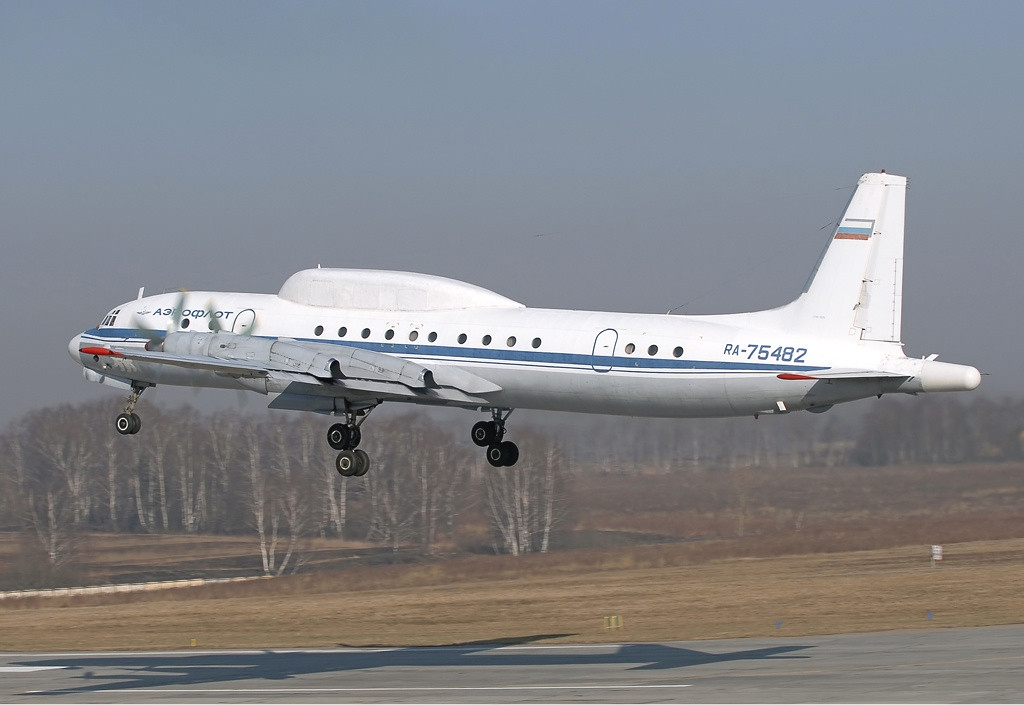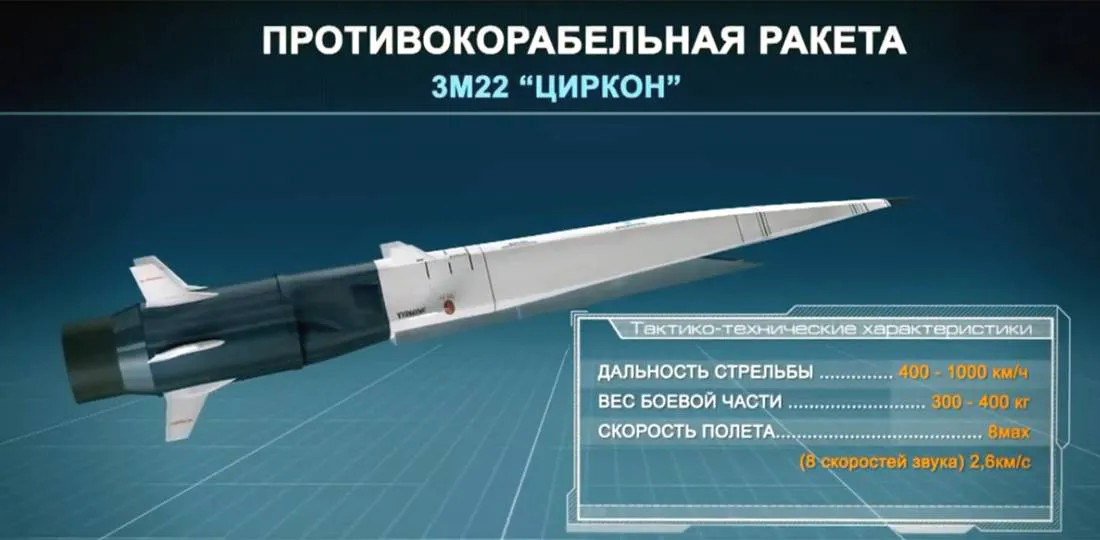The Russian Navy’s top officer has said that the shadowy 3M22 Zircon hypersonic cruise missile is suffering from “childhood diseases” in its development, which will need to be resolved before it enters service some time in the coming years. This comes as the first at-sea test of the weapon has yet to take place, at least publicly, something previous reports had said was scheduled to occur before the end of 2019.
Admiral Nikolai Evmenov, Commander-in-Chief of the Russian Navy, offered the update on Zircon in a recent interview with state-run media outlet RIA Novosti. He also said that unspecified “frigates,” likely the Project 22350 Admiral Gorshkov class ships as previous reports had indicated, were slated to be the first to test fire the 3M22s and carry them operationally. Russia had initially identified the Kirov class nuclear-powered battlecruiser Admiral Nakhimov, which is still undergoing a deep refit, as the first ship that would be armed with the new missiles. In March 2019, state-run news agency TASS
had also reported that the first-in-class Admiral Gorshkov, which entered service in 2018, would be the first ship to launch a Zircon at sea “at the end of 2019.”
Evmenov did not explain what “childhood diseases” the Zircon might have or how much they’ve impacted its development schedule. He also did not give a firm date as to when the missiles might enter operational service, saying that they would be available to the fleet “in the coming years.”
There were rumors that Admiral Gorshkov might have been preparing to conduct the first at-sea Zircon launch when the Russian Navy announced that it would head to the White Sea to test-fire various missiles in November 2019, but this does not appear to have taken place. “The frigate fired one cruise missile Kalibr and one missile Oniks from the onboard launchers. Both missiles hit the targets,” a press release from the Russian Navy’s Northern Fleet, to which the frigate is assigned, said on Nov. 29. Kalibr is a subsonic land-attack cruise missile, while Oniks is a supersonic anti-ship cruise missile, both of which have been in Russian service for years now.
There’s no clear indication that Gorshkov was ever due to fire Zircon during that testing period. Still, it is worth noting that the ship had already launched Kalibr missiles during the Grom-2019 exercise in October.

TASS
had also reported that the frigate’s White Sea sortie was supposed to include “trials to test-fire new missile armament.” A specially configured Il-20RT aircraft capable of collecting telemetry data also reportedly supported these activities in the White Sea, along with an Il-38 maritime patrol aircraft, that gathered visual imagery, which does indicate testing of new missiles or new variants of existing missiles, such as the Kalibr and Oniks. Evmenov had also told RIA Novosti in his recent interview touching on Zircon, that the Russian Navy was pushing ahead to integrate the combat-proven Kalibr on more ships as the development of the hypersonic missile continues.

With regards to Zircon itself, there remains little publicly available information about it, including details about its capabilities or what it even looks like, for sure. In February 2019, Putin had said that the weapon would have a top speed of around Mach 9 and a range of approximately 620 miles.
Russian media routinely uses graphics depicting the weapon as “waverider” hypersonic missile, a type of design that uses its own supersonic shockwaves during flight to maintain lift and stability. Hypersonic missiles and other flight vehicles that use this configuration typically use a conventional rocket motor to boost them to certain speed and altitude, at which point an air-breathing high-speed engine, such as a scramjet, takes over.

There are also unconfirmed reports that Zircon may have various novel features, such as a “plasma stealth” system to create a cloud of radar-absorbing ionized particles around some or all of the missile. You can read more about this concept in this past War Zone feature.
Regardless, Russia is, by all indications, committed to the continued development of Zircon, no matter what difficulties it may be experiencing. In November 2019, Russia’s Deputy Defense Minister Alexei Krivoruchko had also announced that, in addition to the Project 22350 Admiral Gorshkov class frigates, the Project 1155 Udaloy class destroyer Marshal Shaposhnikov and the Project 949A Oscar II class submarine Irkutsk would receive modifications in order to fire the 3M22 missiles. Any Russian ship that has or will receive the new 3S-14 vertical launch system, which has cells specifically designed to accommodate various weapons, could potentially fire Zircon in the future, as well.
However, by Russian Navy commander Evmenov’s own assessment, Zircon is still years away from entering service on any ship or submarine.
Contact the author: joe@thedrive.com
